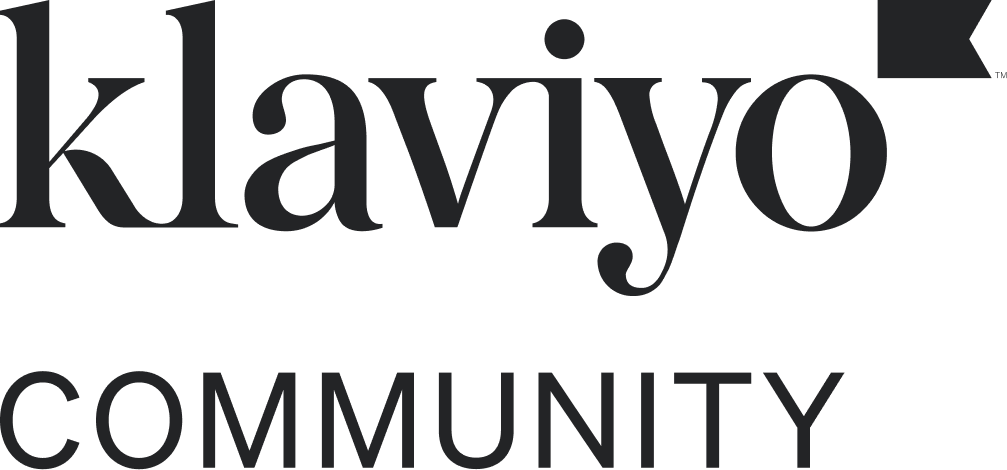There are many factors that can cause low open rates. The first thing to check is whether you are following deliverability best practices, as your open rates directly correlate to your sending practices. You can check out the following Community post to learn more about email deliverability best practices: Email Deliverability Best Practices. In addition, you can also check out this help guide on how to address low open rates: How to Increase Campaign Open Rates and How to Increase Flow Open Rates.
If you are already following deliverability best practices and still getting low open rates, go through the following checklist to help you pinpoint the reason why your open rates are low:
1. Check the advanced reports of campaigns and flows to see if the account is having issues with any particular domain. If there is an obvious issue with a specific domain, cut down the sending volume to that domain for some time to improve open rates. Here is a guide on how to improve your sender reputation: How to Strengthen Your Sender Reputation
2. If you are seeing low open rates with Gmail, check to see if your emails are being clipped or not. As the open pixel is placed at the bottom of the email by default, clipped emails can clip off the tracking pixel which will result in opens that are unaccounted for. To learn more about clipped emails, read this guide: Why Is My Email Being Clipped?
3. Check to see if your team has recently implemented a DMARC policy on your domain. If a DMARC policy was recently implemented on your domain and you are still sending on Klaviyo’s shared sending domain, your emails will most likely be failing the DMARC policy. To ensure your emails pass your domain’s DMARC policy, set up a dedicated sending domain: How to Set up a Dedicated Sending Domain.
4. Check if there has been any sharp increase in sending volume recently. Inbox providers like to see consistency, and large spikes in sending volume can raise a red flag.
5. Compare similar campaign sends (one with a high open rate and one with a low open rate) and see if there are any notable differences in terms of content. Things to look out for include the ratio of images to text, where the images are hosted, any other links included in the email, and the source HTML of each text block.
6. Did you recently switch over to a dedicated sending domain? If so, did you properly warm up your new dedicated sending domain? Here is a guide on how to warm up your dedicated sending domain: Guide to Warming Your Sending Infrastructure.
7. If you’ve been getting great open rates up until recently, check to see what you’ve done differently. For example, if you changed up your segment definitions, it might be worth reverting back to your previous segment definitions.
These are just some potential reasons why you could be getting low open rates. What are some checks you’ve done to pinpoint why your emails are getting low open rates?





